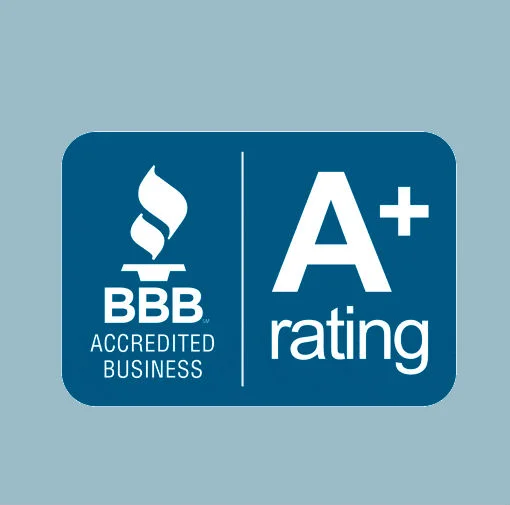Bravely Embracing Healthcare’s New Transparency Frontier

It was a cultural attitude that, for many years, dominated the public relations messaging of big business, and to a certain extent, the marketing of some medical systems and hospitals as well. That is: All “good news” is promoted and extolled, while any “bad news” is marginalized, buried or denied. In business, the old school approach has begun to give way to a PR and corporate communications policy of openness and candor with the consumer public.
Even major name brands can find it to be a frightening course. “An attitude of fearlessness isn’t easy,” according to Sandy Thompson, Global Planning Director at the venerable Young & Rubicam Group. “We’re afraid of making mistakes because there is so much at stake, like our client relationships, the brand’s perception and even our own jobs. And we will inevitably make mistakes—but when a fearless brand does, it will go back, retest and try new things.”
Although certain business particulars (justifiably) remain proprietary, corporate leaders recognize that a policy of transparency—including a mix of the negative with the positive—builds an enduring foundation of trust with their customers, employees and investors. A Forbes article put the spotlight on 10 Leaders Who Aren’t Afraid To Be Transparent, where “each example proves it’s okay to leave the B.S. out of business and be real with people.”
Dynamics propelling the hospital transparency tsunami…
Admittedly, hospitals (and health care communications messaging) have been behind on the adoption curve that is becoming more common in the culture of other businesses. In our earlier podcast conversation, Leah Binder, President and CEO of The LeapFrog Group, described transparency as “a new voice that is starting to emerge for the healthcare consumer.”
Forces propelling what some describe as the “transparency tsunami:"
- Healthcare reform issues: Providing the public with access to comparative data is a fundamental concept in the Affordable Care Act and related policy matters. A prime example is the Official Hospital Compare Data site provided by the Centers for Medicare & Medicaid Services. Consumers have access to a deep pool of datasets to compare the quality of care at over 4,000 Medicare-certified hospitals across the country. Likewise, health plans and insurance exchanges provide public reporting.
- Consumer expectations: The general public, patients and prospective patients live in a digital age where online “shopping” and purchase decisions are often influenced by critics, ratings, and buyer comments and recommendations. Patient confidentiality issues notwithstanding, healthcare consumers are generally better informed, more engaged, and pre-conditioned to expect the input of others. Amazon and TripAdvisor are two examples where user comments—both praise and damnation—are simply laid on the table.
- Senior demographics dominate: Large segments of the population, in particular older Americans, represent frequent healthcare users. And, as Leah Binder observes, “they expect access to unbiased ratings and background before parting with their money. They will not understand why healthcare services are often exempt from these ratings.”
These and other factors are producing an increasingly aware public that expects—as with other businesses and industries—a new level of open access to information. The Leapfrog Hospital Survey, as another resource, is the gold standard for comparing performance on the national standards of safety, quality, and efficiency that are most relevant to consumers and purchasers of care.
“What we are seeing around the change is a renewed energy around patient engagement,” Leah Binder explained. “It is putting the patient at the center and communicating with the patient as an equal partner in healthcare delivery.
“People should know the performance of their healthcare system and the performance of their physician. And they should be able to use that information to make decisions about where they are going to seek care.
“That’s the new era of healthcare that we see ahead of us, and it’s going to depend on a higher level of candor from everyone involved in the system.” What’s more, providers that cannot learn the discipline of transparency may have difficulty surviving the market transitions ahead.
Transparency: Leadership, Candor, Trust
In published articles and in our conversations, Leah Binder points to the starting line for hospital and healthcare leaders. For greater candor and trust, “Start by pushing out your quality data to the public you serve—not just the good data, but also the bad news when your health system lags behind on quality or even fails.
“The key to the new transparency is credibility. Data must be reported in a way that is meaningful to consumers, that shows how the hospital compares with others statewide and preferably nationally, and that reveals performance, warts and all. Don’t report data that show you to be average on everything or data that are meaningless to the average consumer.”
FOR MORE on this topic, watch for additional articles in this continuing series, and see these previous posts:
- New Era of Healthcare: Transparency, Candor and Pointed Questions
- Hospital Price Transparency is Here to Stay
- Satisfaction Scores: Online Trip Advisor
Related Articles:
Transparency: How Healthcare Cost Competes With Real Value
Price Transparency: The Devil is in the Detail for Hospitals
Hospital Price Transparency is Here to Stay
Healthcare Consumerism: How to Avoid Being Left Behind
Is Your Hospital Brave Enough to Publish Online Physician Reviews?









